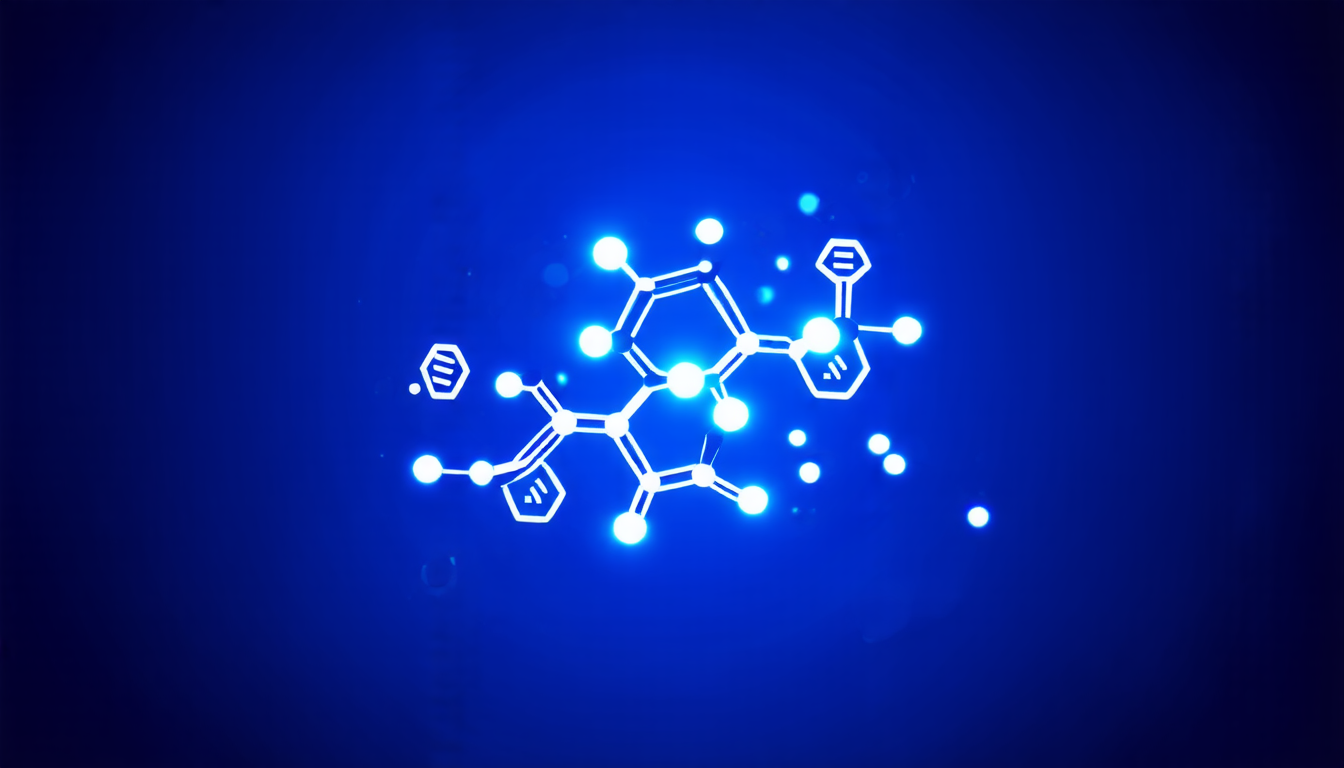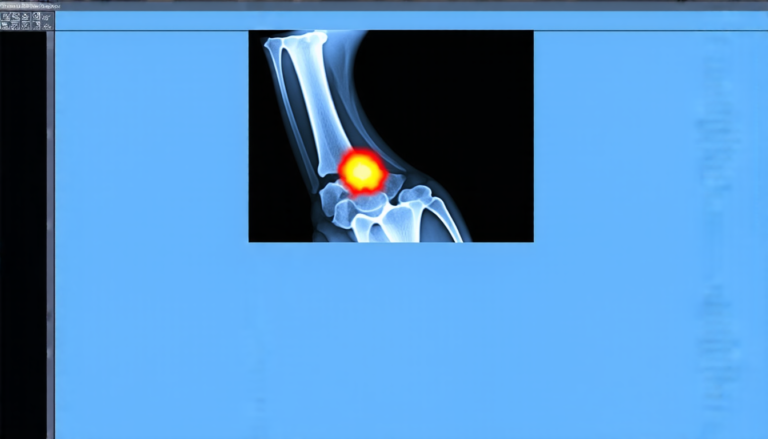Wednesday 09 April 2025
Scientists have made a significant breakthrough in understanding proteins, the building blocks of life. Proteins are responsible for many functions within cells, including catalyzing chemical reactions, replicating DNA, and responding to stimuli. However, their complex structures and diverse functions make it challenging to comprehend their behavior.
To tackle this problem, researchers developed an innovative approach called ProtTeX, which combines protein sequences with structural information. This integration enables the creation of a unified discrete space where proteins can be represented as tokens, allowing for the application of large language models (LLMs) to understand and predict protein behavior.
The new method is based on the idea that LLMs are capable of learning from vast amounts of text data and generating human-like language. By applying this technology to protein sequences and structures, researchers aimed to develop a system that can reason about proteins in a way that mimics human understanding.
To evaluate the effectiveness of ProtTeX, scientists trained an LLM on a comprehensive dataset containing over 3 million protein sequences paired with structural information. The model was then tested on various tasks, including predicting protein function, structure prediction, and designing new proteins.
The results are impressive. The LLM was able to achieve state-of-the-art performance in predicting protein function, surpassing existing domain expert models by a significant margin. Additionally, the model demonstrated its ability to generate high-quality protein structures and design novel proteins with desired functions.
One of the most exciting aspects of ProtTeX is its potential to enable the development of new biotechnology applications. For instance, the model can be used to predict the function of unknown proteins, which could lead to the discovery of new therapeutic targets or enzymes for industrial applications.
The researchers also explored the ability of ProtTeX to handle complex biological processes, such as fold-switching proteins. These proteins undergo significant structural changes in response to environmental cues, making them challenging to study using traditional methods. However, by leveraging LLMs and ProtTeX, scientists were able to successfully predict the behavior of these proteins under different conditions.
The implications of this research are far-reaching. By enabling the understanding and manipulation of protein structures and functions, ProtTeX has the potential to revolutionize our approach to biotechnology and medicine. The ability to design novel proteins with specific properties could lead to breakthroughs in disease treatment, biocatalysis, and synthetic biology.
In the future, scientists plan to continue refining ProtTeX and exploring its applications in various fields.
Cite this article: “Revolutionizing Protein Understanding: Large Language Models Unlock New Frontiers in Structural Analysis and Function Prediction”, The Science Archive, 2025.
Proteins, Biotechnology, Medicine, Language Models, Protein Sequences, Structural Information, Prottex, Gene Regulation, Molecular Biology, Bioinformatics







